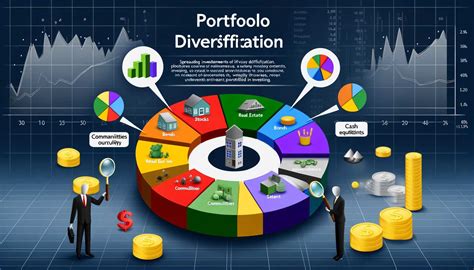Reclaiming Financial Control: From Debt to Wealth
Many men today face the pervasive challenge of credit card debt, often feeling its heavy weight on their aspirations and peace of mind. However, the path from debt dependency to financial independence and wealth creation is not only possible but entirely within reach with the right strategy and discipline. This guide outlines a comprehensive approach for men to not just eliminate credit card debt but to systematically build a robust financial future.
Phase 1: Aggressively Attack Your Credit Card Debt
The first and most critical step is to confront your credit card debt head-on. High-interest credit card debt acts like a financial anchor, preventing any upward movement in your net worth. To crush it, you need a clear, actionable plan.
1. Create a Detailed Budget and Track Every Dollar
Knowledge is power. Understand exactly where your money is going. Use budgeting apps, spreadsheets, or even a simple notebook to categorize all income and expenses. Identify non-essential spending that can be cut immediately – this is your ‘debt repayment fuel.’
2. Choose a Debt Repayment Strategy: Avalanche or Snowball
- Debt Avalanche: Prioritize paying off the card with the highest interest rate first, while making minimum payments on others. This saves you the most money on interest in the long run.
- Debt Snowball: Focus on paying off the smallest balance first for a quick win, then roll that payment into the next smallest debt. This psychological boost can keep you motivated.
3. Boost Your Income & Cut Unnecessary Expenses
Beyond budgeting, actively look for ways to increase your income. This could be taking on a side hustle, negotiating a raise, or selling unused items. Simultaneously, be ruthless in cutting expenses. Can you cook more at home? Cancel unused subscriptions? Every dollar saved is a dollar that can go towards debt.

Phase 2: Build a Rock-Solid Financial Foundation
Once the debt attack is underway, it’s time to lay the groundwork for long-term financial stability. This phase focuses on creating a safety net and smart financial habits.
1. Establish an Emergency Fund
Before seriously investing, build an emergency fund of 3-6 months’ worth of living expenses in a separate, easily accessible savings account. This fund protects you from future unexpected expenses, preventing you from falling back into debt.
2. Automate Your Savings and Bill Payments
Make saving and debt repayment automatic. Set up automatic transfers from your checking to savings/debt payment accounts each payday. This ensures you pay yourself (and your debts) first, reducing the temptation to spend.
3. Strategic Debt Consolidation
If you have multiple high-interest credit card debts, consider consolidating them into a single, lower-interest personal loan or a balance transfer credit card (with a 0% APR introductory offer). Be extremely cautious with balance transfers, ensuring you can pay off the full amount before the promotional period ends to avoid even higher interest rates.

Phase 3: Shift Gears to Wealth Accumulation and Investing
With debt under control and a solid emergency fund in place, you’re ready to transition to building significant wealth.
1. Maximize Retirement Contributions
If your employer offers a 401(k) match, contribute at least enough to get the full match – it’s free money! Then, consider maximizing contributions to tax-advantaged accounts like a Roth IRA or traditional IRA, depending on your income and financial goals.
2. Diversify Your Investments
Beyond retirement accounts, open a brokerage account and start investing in a diversified portfolio. This might include low-cost index funds, ETFs, or a mix of individual stocks and bonds. Focus on long-term growth and avoid speculative day trading.
3. Continuous Financial Education
The world of finance is always evolving. Commit to continuous learning. Read books, listen to podcasts, and follow reputable financial news sources. Understanding market dynamics and investment strategies empowers you to make informed decisions.

Cultivating a Winning Financial Mindset
Your mindset is as crucial as your strategy. Wealth building is a marathon, not a sprint, and requires patience, discipline, and a long-term vision.
1. Embrace Discipline and Patience
There will be temptations and setbacks. Stick to your budget, avoid lifestyle creep, and resist the urge for instant gratification. Understand that compounding interest works wonders over decades.
2. Set Clear Financial Goals
Define what wealth means to you. Is it early retirement, buying a home, or leaving a legacy? Clear, measurable goals provide motivation and direction.
3. Seek Professional Guidance When Needed
Don’t hesitate to consult with a fee-only financial advisor. They can offer personalized advice, help you optimize your investment strategy, and ensure you’re on track to meet your goals.

The Journey to Financial Freedom
Crushing credit card debt and building wealth is a transformative journey that demands commitment and consistency. By first aggressively tackling debt, then building a strong financial foundation, and finally strategically investing, men can move from a position of financial constraint to one of enduring abundance. The most effective strategy combines practical steps with a disciplined mindset, ensuring that every financial decision propels you closer to true financial freedom.





